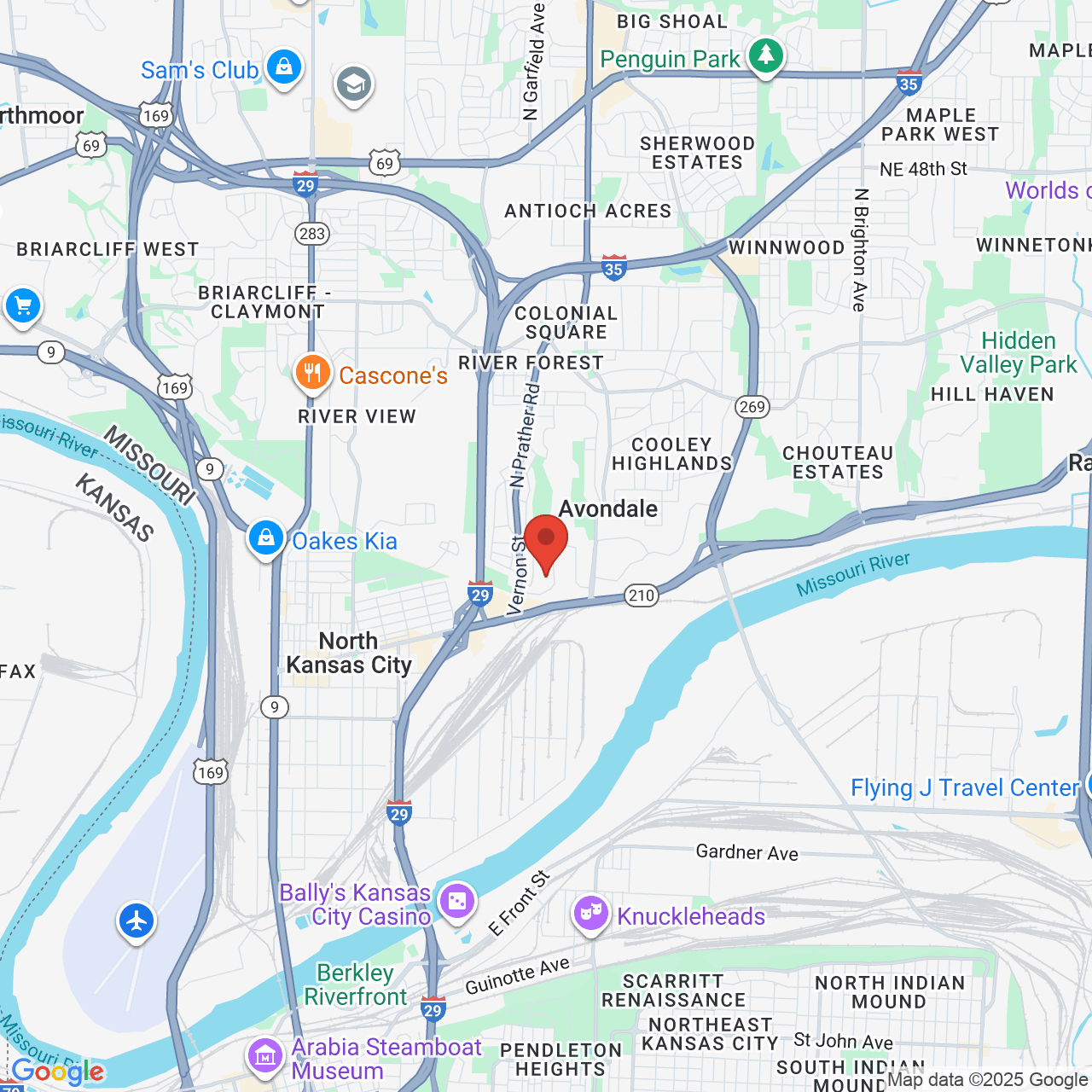Restoring Gums for a Healthy Smile
 There’s more to a dazzling smile than just teeth - healthy gums are important too. However, like teeth, gums that are not properly cared for can suffer disease and decay, causing them to recede. By understanding what causes gum recession, you can prevent it from occurring. Or, if you already have receding gums, treatment can help. In Kansas City, cosmetic dentist John Goodman offers gum recession treatment that helps restore your smile and confidence.
There’s more to a dazzling smile than just teeth - healthy gums are important too. However, like teeth, gums that are not properly cared for can suffer disease and decay, causing them to recede. By understanding what causes gum recession, you can prevent it from occurring. Or, if you already have receding gums, treatment can help. In Kansas City, cosmetic dentist John Goodman offers gum recession treatment that helps restore your smile and confidence.
What Are Receding Gums?
Also known as gingival recession, receding gums occur when the gum tissue surrounding the teeth pulls back, exposing the tooth and, in severe cases, its root. While gum recession is a common problem, it is important to treat early - otherwise, bacteria can build up in the gaps between the teeth and gums and may lead to periodontal disease. Fortunately, when detected early, gum recession is quite treatable.
Causes of Gum Recession
Any of the following factors can contribute to gum recession:
- Gum disease. Gum recession may be an early sign of periodontal disease, which can damage gum tissue and the teeth’s underlying bone structure. For this reason, it is important to have any symptoms checked by your dentist.
- Tobacco. If you use tobacco products, your risk of many dental problems increases, including gum recession. Smoking and chewing tobacco can increase the amount of plaque on your teeth, which leads to receding gums.
- Clenching, grinding, and TMJ. Putting too much pressure on your teeth through clenching, grinding, or a misaligned bite can cause gums to recede.
- Excessive brushing. Brushing your teeth is important, but brushing too many times a day, or too aggressively, can damage both your gums and dental enamel.
- Insufficient flossing. If you don’t floss, you run the risk of plaque hardening and turning into tartar that can accumulate between teeth, causing gums to recede.
- Hormones. For many females, significant hormonal events, such as puberty or pregnancy, can result in increased gum sensitivity. During these times, the gums are more susceptible to recession.
- Crooked teeth. Gum recession may occur when teeth don’t meet up correctly, placing excessive force on certain areas. Crooked teeth can also make it harder to remove plaque and bacteria, which can lead to receding gums and periodontal disease.
Gum Recession Symptoms
Because gums recede gradually, many patients cite tooth sensitivity as their first symptom. As recession progresses, you may notice that one tooth appears longer than others, or that you can feel a ridge at the top of your exposed tooth.
Treatments
Restorative dentistry treatments for gum recession vary depending on the condition’s severity. In its early stages, receding gums are often treated with a deep cleaning (also known as tooth scaling and root planing) which removes plaque and tartar that has accumulated below the gum line. Because bacteria often build up in the ridges of the tooth’s root, your dentist may also smooth this area to prevent future accumulation.
If your gum recession is advanced and cannot be treated with a deep cleaning, your dentist may recommend one of the following gum surgeries:
- Soft tissue graft. During this procedure, tissue taken from the roof of the mouth is stitched to the gums surrounding an exposed tooth root. In some cases, your dentist may use tissue from a healthy section of gum, rather than the roof of the mouth.
- Pocket depth reduction. This procedure allows dentists to remove bacteria by folding back the unhealthy gum tissue. Afterwards, the gum is stitched back so that it covers the tooth root, eliminating any pockets or gaps where bacteria can accumulate.
- Regeneration. This is an option for the most severe cases of gum recession, when bone structure has been damaged. During the procedure, your dentist draws back the gum tissue to remove bacteria; then, to stimulate regeneration of bone and tissue, places a membrane, graft, or other tissue-stimulating material over the area.
Contact Us Today
The earlier receding gums are detected, the easier they are to treat. If you are experiencing gum recession, contact Dr. John Goodman today to schedule a consultation.


